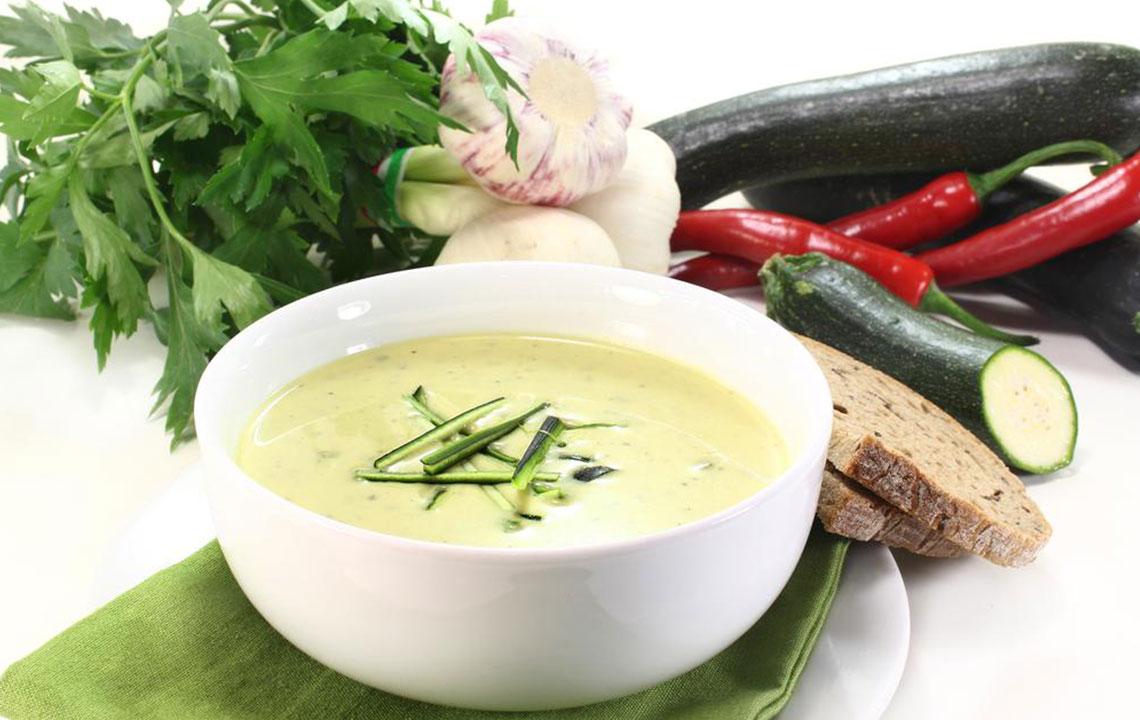Effective Ways to Maintain Triglyceride Levels
Triglycerides are the fat that is present in your blood. They are used by the body to create energy by absorption into the adipose cells. When their quantity in the blood crosses the daily required threshold, they are stored in various parts of the body to be used later in the future, whenever required.
However, when there are high levels of triglycerides flowing through the bloodstream, you are at an increased risk of coronary/heart disease, strokes, and diabetes. Thus, it is important to maintain the triglycerides that are being converted from the diet that you are taking.
High Triglyceride Diet Foods
To maintain the good health of your heart and pancreas, lowering your triglycerides plays an essential role.

Starchy Vegetables
Keeping triglycerides in mind, not all vegetables are good for managing their levels in your body. Some vegetables have a high starch content which means they have more carbohydrates; these can spike up the triglycerides by turning the excess starch into triglycerides.
Some vegetables that are high in starch are:
- Lima beans
- Corn
- Peas
- Sweet potatoes
- Dried beans
- Winter squash
- Water chestnut
- Plantains
These vegetables can be replaced by options like mushrooms, kale, and cauliflower.
Starchy Foods
As with vegetables high in starch, other starchy foods in the diet also need monitoring.
- Bread – white, brown, and whole wheat
- Pasta and noodles
- Cereals – granola, oatmeal
- Rice
Manage these starchy foods from your high triglyceride diet by keeping servings (2-4 per meal) in check. For example, one slice of bread or half a cup of cooked pasta would make one serving.
Fruit Overloading
Fruits contain natural sugars in the form of fructose. When fructose is consumed in surplus amounts, they become harmful to our metabolism. The liver is the only organ in the body that converts fructose into glycogen and stores it till our body finds itself in need of it. But, if there is too much fructose in the body, then the liver is forced to store it as fat. This, in turn, adds to your triglycerides concentration.
It is recommended to keep your fruit servings limited to 2-3 pieces of fruit per day.
Sweeteners
Sugar added to drinks acts only in providing calories to be burnt by the body to produce energy. It has no other nutritional content. When the calories go over the requisite amount needed by the body for a day, these get stored as triglycerides. Binging on sweetened drinks, chocolates, desserts, jellies, and sugary cereals can lead to high triglycerides in your bloodstream. Also, beverages with added sugars can be even more damaging to the body than sweetened drinks.
Health practitioners suggest that you should limit your sugar intake to no more than 8 ounces per day, that is, almost one cup.
Alcohol
Researchers have shown that alcohol consumption has a direct impact on raised triglyceride levels. Alcohol adds to your calorie intake and when taken in excess, leads to a surplus of leftover calories that get converted into triglycerides. Moreover, alcohol intake also increases the consumption of other foods and drinks that are taken as alcohol accompaniments – fruit juice and sweetened soft drinks. These, in turn, create a hike in your triglycerides. It is always good to keep your alcohol intake to a moderate level on a daily basis – 1 drink for women and 2 for men.
Alcohol consumption can not only cause high triglyceride levels and associated metabolic conditions, but it is also responsible for other liver problems such as high blood pressure, and some cancers.
Butter
Saturated fat and trans fat – found in butter and other dairy products, both pose a threat to you coronary and pancreatic health. It is advised to make use of healthier oils like olive oil or flaxseed oil when cooking meals. Research supports their role in maintaining the triglyceride levels at a normal level.
Avoid the use of coconut oil and palm kernel oil as they have a high saturated content of fat.
Bakery Goods
Baked products make use of sugar, butter and animal fat products like cream and cheese. The saturated fat as well as the sugar content, both break down to form triglycerides – a double whammy. Keeping in mind the other food items that make part of your diet over a day, keep bakery goods only as occasional treats.
Animal Meats
Most animal meats pack a high level of saturated and trans fat. These include:
- Beef
- Fried chicken
- Organ meat
- Fowl meat (duck, goose)
- Canned fish (in oil)
Processed meats – bacon, ham, and sausage should be completely avoided if you have high levels of triglycerides.
To lower your triglycerides, you need to make adjustments to your lifestyle and diet. Focus on your existing diet and monitor it to achieve a healthy balance.

